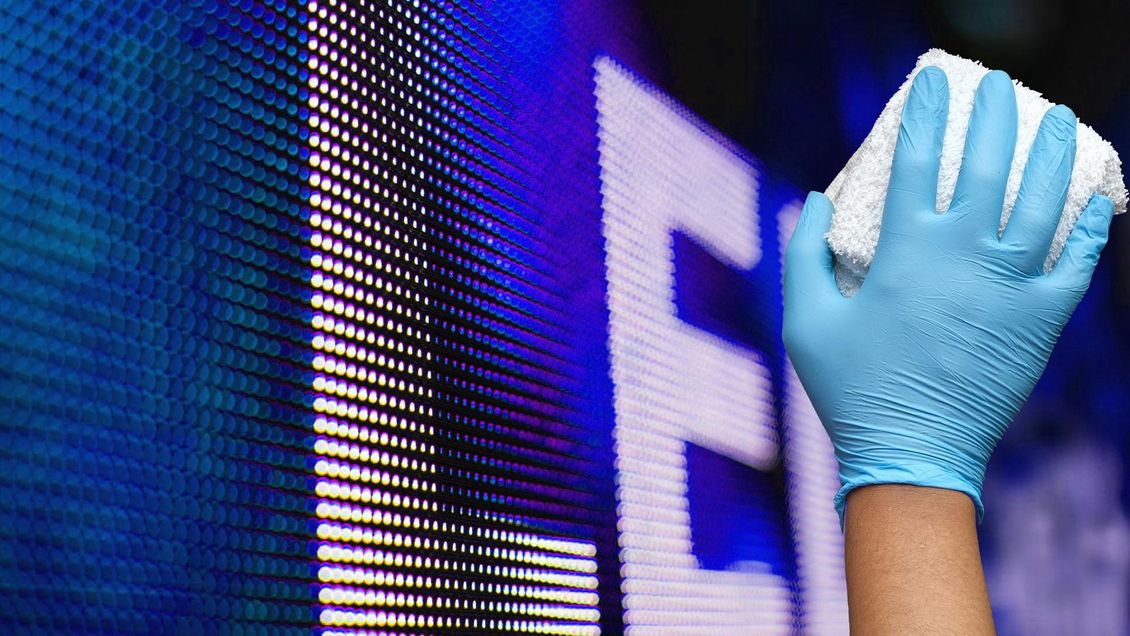What is the Preferred Method of Maintaining and Cleaning LED Displays?
Filter Care
Near each intake vent there may be a filter. Each time the fans are inspected, the filters must also be inspected, cleaned or replaced as needed. The filters may be cleaned with water or compressed air (no greater than 60 psi and at least 6" away) blown through the filter in the opposite direction from which air normally flows. Allow filters to dry before returning them to their trays. Users and service technicians should clean or replace the filters in regular intervals. Every six months is acceptable in most places except where there is high dust and debris exposure.
Routine Maintenance
- Make sure the LED display is well ventilated, dry, and running at a suitable temperature.
- Regularly check the internal cables inside the LED display to ensure a stable data connection, ensure the power supplies are working well, and ensure the ground wires are connected well.
Display Face Cleaning - Wet Cleaning Process
- Turn off the power to the display.
- Mix a mild, non-abrasive, non-petroleum-based detergent and cold water, one ounce of detergent to one gallon of cold water.
- Saturate a light/medium duty anti-static cleaning brush with the soapy water.
- Use horizontal brush strokes to loosen and remove dirt and grime, washing the display from top to bottom. Use light pressure so as not to damage the LEDs. Clean only an area that is safely within reach from a lift or stage, and then move on to the next section of modules.
- Rinse the display face with generous amounts of cold water under low pressure. A spot-free rinse agent can be used to reduce water spots.
- Use soft, dry, absorbent cloth (i.e. terry cloth or microfiber) to dry and remove any excess water. Take care not to damage LEDs by catching the cloth on them.
- Allow the display to completely air-dry for 12 hours before applying power to the display.
Display Face Cleaning - Dry Cleaning Process
- Turn off power to the display.
- Rub an anti-static soft brush or soft, dry, absorbent cloth or duster (i.e. terry cloth or microfiber) horizontally across each row of LEDs. Make four passes per row of LEDs before moving to the next row of LEDs. Work from top to bottom safely within reach from a lift or a stage. Take care not to damage LEDs or the plastic louvers by catching the cloth on them.
- Apply power to the display.
